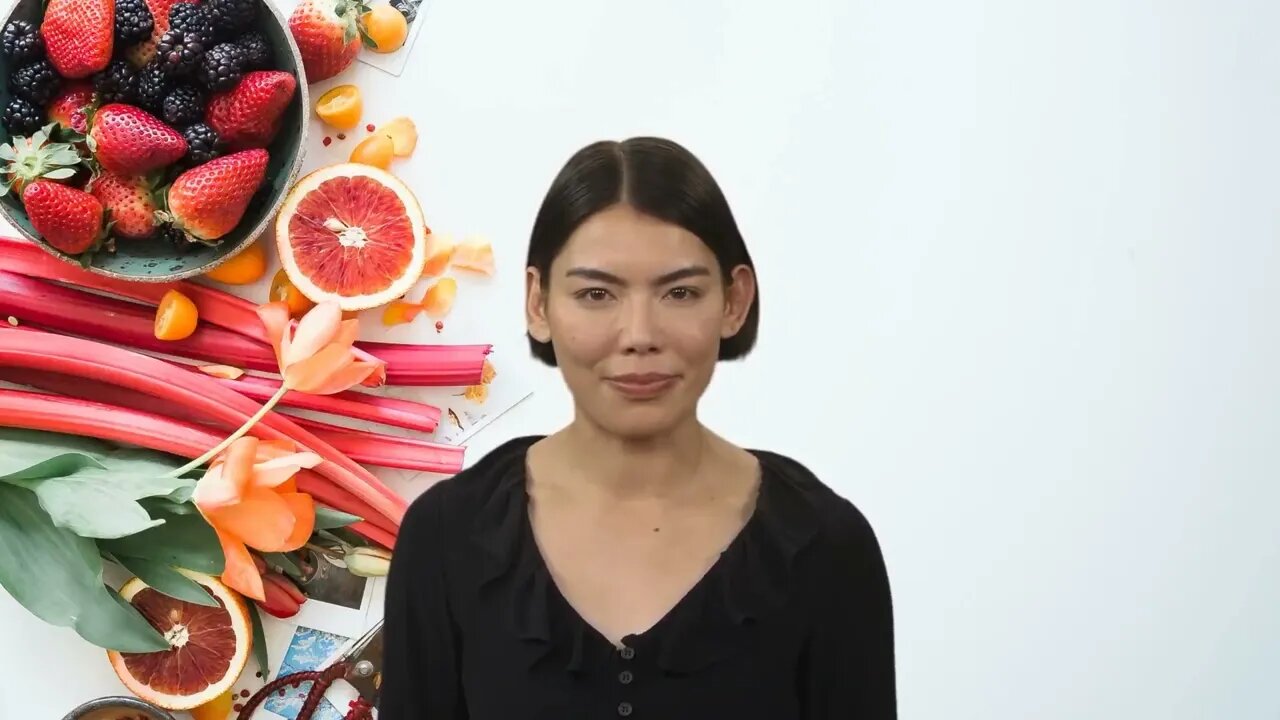Premium Only Content

Dietary phytochemical approaches to stem cell regulation
More and more people are improving their health and getting biologically younger this year with the help of the best professionals | Work with a health coach on a monthly basis, and start improving your health from tomorrow.
Contact: info@superlongevity.net
Other services of our professionals: health and longevity consultations, health and longevity research for private and business clients, helping you create a personalized protocol for your needs.
Write us to know how to commission the preparation of one or more of the new personalized protocols offered by our professionals:
1) the super longevity protocol;
2) the super immunity protocol;
3) the super energy and mitochondria protocol;
4) the hair loss protocol:
5) rejuvenation T protocol (telomeres age);
6) rejuvenation M protocol (DNA methylation age);
7) sport performance, stamina and endurance protocol;
8) sport performance, testosterone, muscles and strength protocol.
For any other queries, feel free to write to info@superlongevity.net and we'll put you in touch with professionals who work with our network.
***
Dietary phytochemical approaches to stem cell regulation
***
Tell us about your personal experience in the comment section.
We are always thrilled to hear your feedback and experience.
***
If you want us to give you the contact information of professionals who work with our network, feel free to write to info@superlongevity.net and we'll put you in touch with the right professional for your needs. In order to better find the right professionals for you, please indicate in your email if your queries regarding: 1) overall health; 2) food and supplement; 3) longevity. 4) others (in this case a brief description of your needs is recommended). We will get back to you as soon as possible with the contact information of a specific provider.
***
Part of regenerative medicine and stem cell therapy is about controlling stem cell proliferation. Substances from nature, such as phytochemicals (alkaloids, flavonoids, phenols and sterols) derived from herbs and foods, have modulating effects on stem cell self-renewal and function, and hold promise for stem cell treatment of disease.
Plants provide essential nutrients that contribute to disease prevention and treatment. Because plants are exposed to nature environmental change, they synthesize ingredients for acclimatization, which has therapeutic effects on humans. This has been true since ancient times, as many cultures have used herbs and other plants for therapeutic purposes.
According to a study, we could say that these phytochemicals are more promising than synthetic products because they come from living organisms, as well as their innate stereochemistry and biological actions which allows their binding to protein pockets.
Nowadays, due to data from different studies, it is understood that phytochemicals regulate certain targets that are in charge of metabolic, transcriptionals and signaling mechanisms, all of them invaluable tools for stem cell survival and proliferation. These chemicals are critical for the drug development aimed to stem cell modulation.
There are more studies that are focusing on alternative therapies such as herbal remedies or food ingredients because of their lesser toxicity, and affordable and available properties. These natural elements have all been of use throughout history for the making of drugs that improved human health and as treatment for diseases.
Investigating the proliferative and differentiation effects of phytochemicals on stem cells may provide in-depth insights into their disease-curing mechanisms.
Which are these phytochemicals and in which foods are they in?
Carotenoids: organic compounds present in some vegetables and fruits, such as carrots, melon or tomatoes. Although it is essential, the human body is not able to synthesize them and must obtain them from food.
Polyphenols: they are a class of phytochemicals that have a strong anti-inflammatory and antioxidant action. Within this group, there is an important subgroup, the flavonoids, which have an antioxidant action, protecting cells from free radical damage. Isoflavones are an example of flavonoids. They can be found in tofu, chickpeas and soybeans.
Chlorophyll (...)
***
Topic related to: LONGEVITY, HEALTH, IMMUNITY, INFLAMMATION, ANTIAGING, LIFESPAN, Mitochondria, HEALING, SUPPLEMENTS, HEALTHY LIFE, IMMUNE SYSTEM, LONGEVITY PROTOCOL, STEM CELL.
Contact: info@superlongevity.net
-
 0:25
0:25
Super Health and Longevity
1 year ago $0.07 earnedUnlocking the Fountain of Youth Groundbreaking Research on Aging
532 -
 LIVE
LIVE
Wendy Bell Radio
5 hours agoBurn Baby Burn
3,258 watching -
 LIVE
LIVE
LFA TV
11 hours agoLFA TV ALL DAY STREAM - THURSDAY 7/31/25
8,953 watching -
 1:02:45
1:02:45
Game On!
17 hours ago $1.55 earnedFootball is BACK! NFL Hall of Fame Game 2025
9.4K -
 LIVE
LIVE
JuicyJohns
42 minutes ago🟢#1 REBIRTH PLAYER 10.2+ KD🟢$500 GIVEAWAY SATURDAY!
134 watching -
 LIVE
LIVE
FusedAegisTV
22 hours ago3rd Party Partner Showcase Nintendo Direct! REACTION 7.31.2025 | FusedAegis Presents
181 watching -
 13:30
13:30
WhaddoYouMeme
17 hours ago $3.59 earnedIt All Makes Sense Now
11.6K21 -
 2:00:05
2:00:05
Nick Freitas
16 hours agoIs Conservatism Dead?
12.8K18 -
 LIVE
LIVE
PudgeTV
8 hours ago🟠 Gaming on Rumble | Frostpunk 2 - Completing Chapter 2
81 watching -
 22:07
22:07
Jasmin Laine
17 hours ago'You Think This Is NORMAL?!'—U.S. Official STUNS CTV With BRUTAL Mic Drop
13.4K37